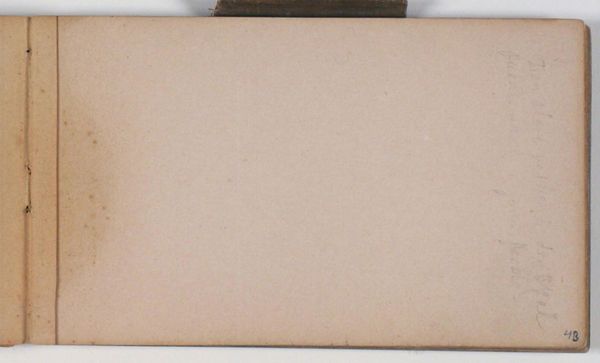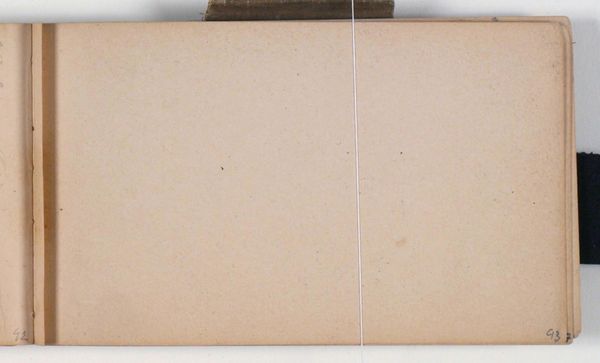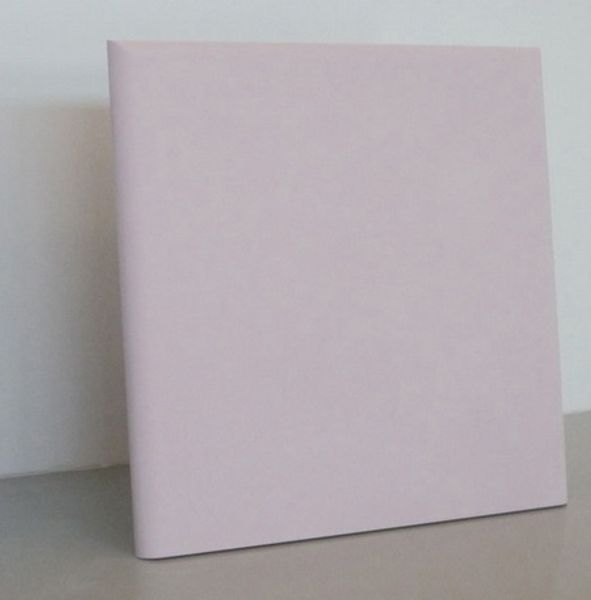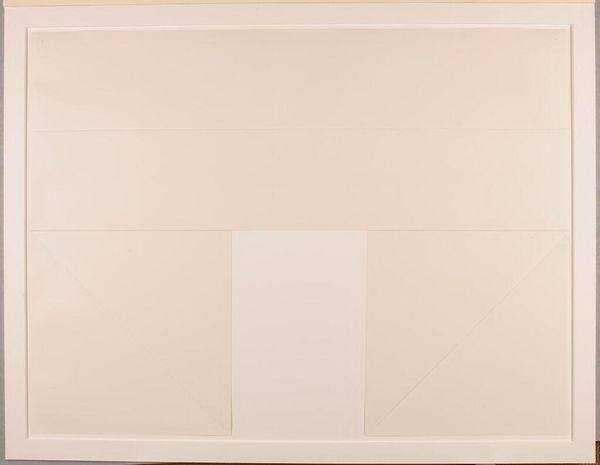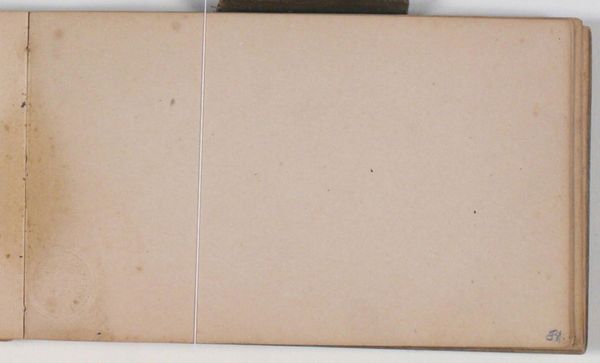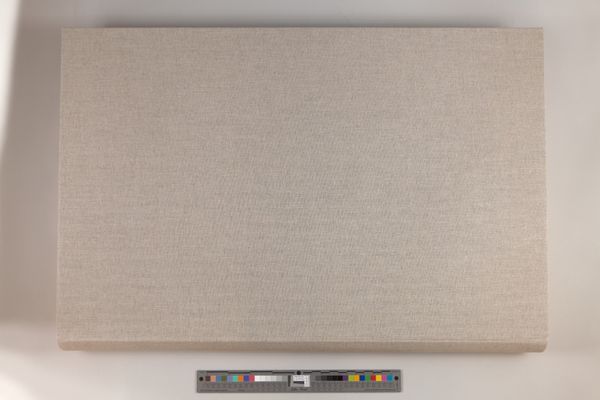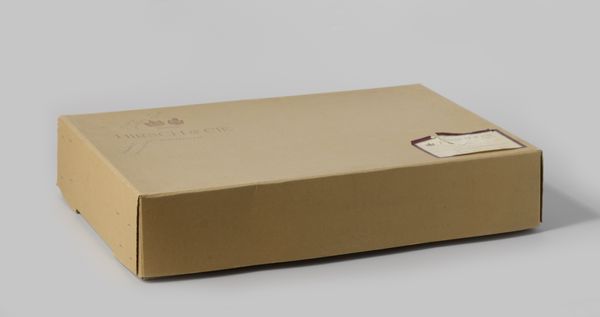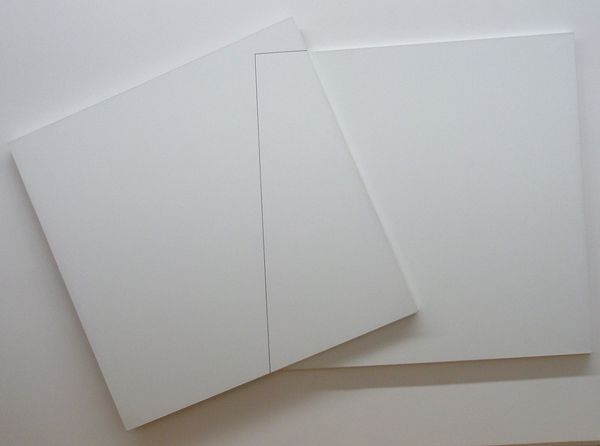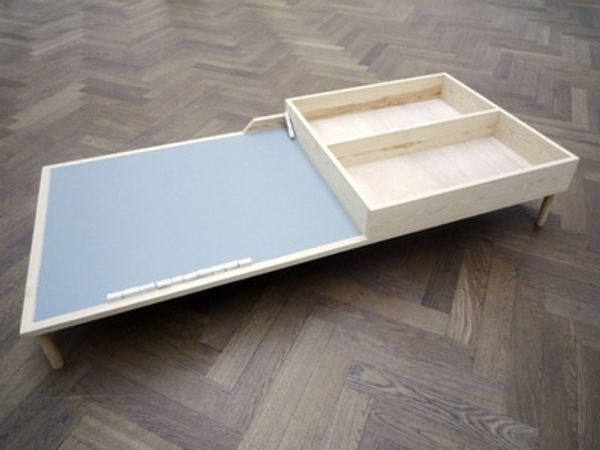
sculpture, installation-art
#
minimalism
#
sculpture
#
installation-art
#
abstraction
#
modernism
Copyright: Wolfgang Laib,Fair Use
Editor: Wolfgang Laib's "Milk Stone" from 1978 is deceptively simple. It’s a smooth, rectangular slab of white marble, quietly resting on the floor. Its sheer minimalism gives it a very contemplative aura. What role do you think minimalism plays in shaping the viewer’s perception in this particular installation? Curator: It's less about individual perception, and more about Minimalism's challenge to the very institutions presenting it. "Milk Stone," placed in MoMA, demands that we confront the museum’s power in defining art. Is its 'artness' inherent or granted by its context? Does the stone hold any symbolic meaning because of its association with minimalism's origins in rejecting consumerist tendencies post World War II? Editor: I see what you mean. So, it's almost a critique of the art world itself? Does the material contribute to this critique? Curator: Precisely. The purity of the marble, juxtaposed with the standardized, often commercialized gallery space, heightens the tension. Think about the historical associations of marble, of luxury and permanence, and how Laib repurposes it in a minimalist form to almost negate its prior connotations. It asks: who gets to decide what is valuable and lasting? Editor: That's fascinating. So, rather than focusing on individual meaning, the piece directs attention to larger social and cultural systems that legitimize art. I never considered the implications of minimalism to this degree. Curator: And that is precisely where the power of understanding the public role of art resides – in shifting perspective from object to institution. Hopefully you’ll think about this during your next visit! Editor: Definitely, this conversation opened up new ways of seeing the work. Thank you!
Comments
No comments
Be the first to comment and join the conversation on the ultimate creative platform.
